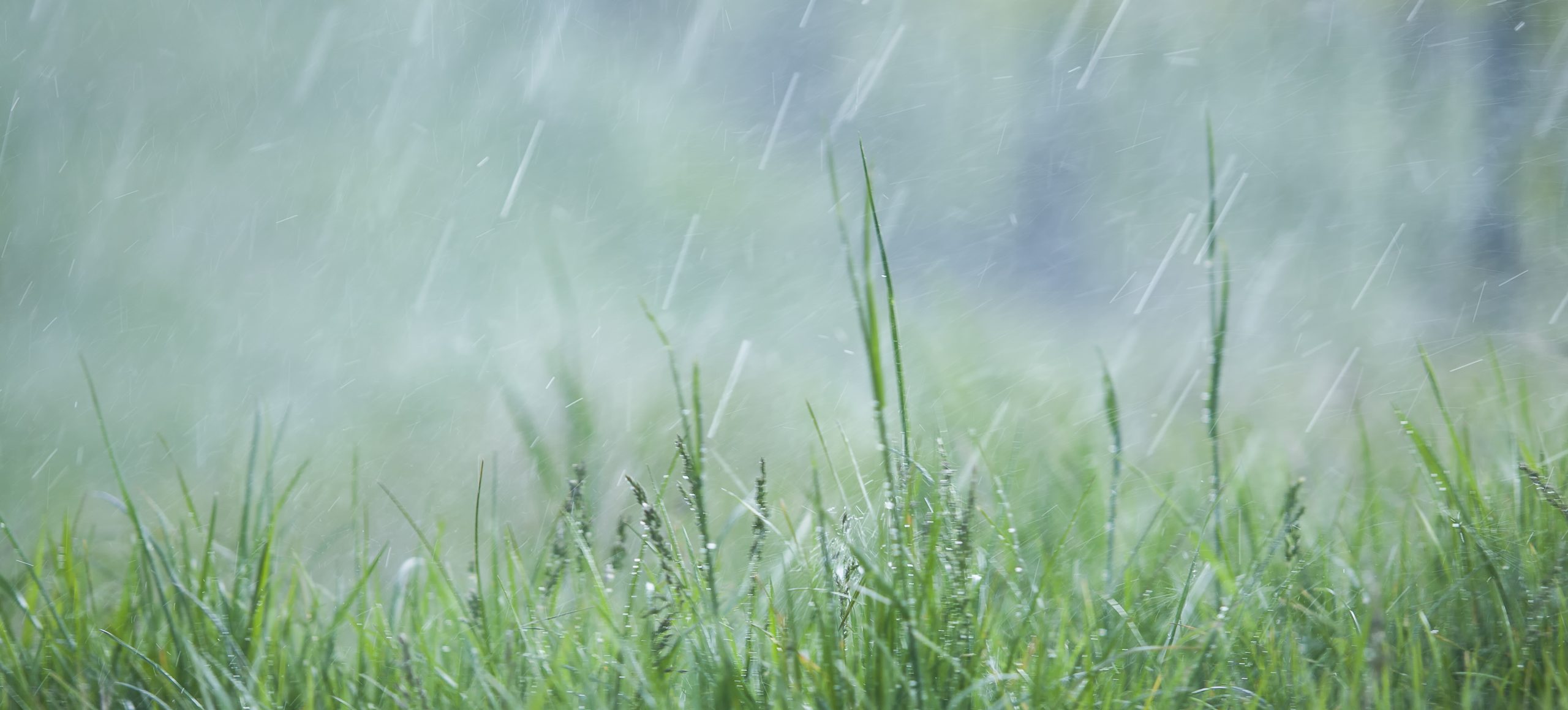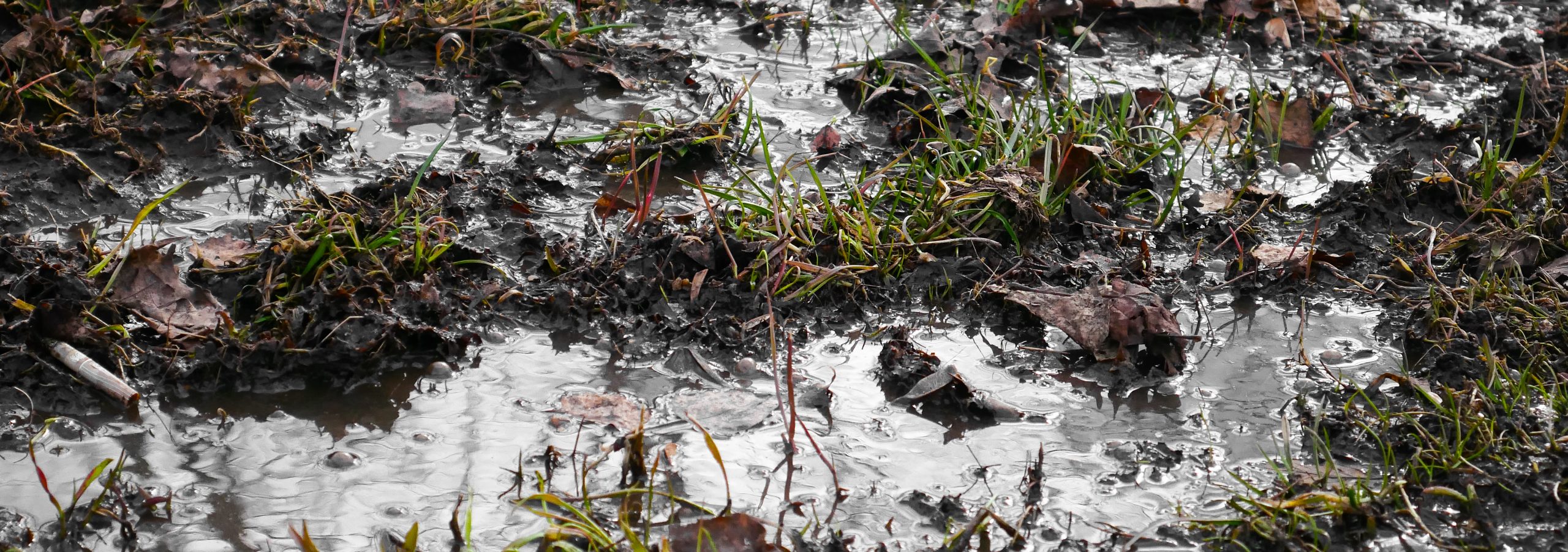Dr David Wood BVSc, MRCVS
With much of the country still in the worst drought in decades, rain for many horse owners is something they yearn for and lush green pasture just a distant memory. But, when the rains do come, and in some lucky spots they already started, the grass will grow again and that can bring some risks which horse keepers would do well to keep in mind.
When the drought breaks it’s very tempting to turn your horses out at the first sign of green in the paddock. Try to resist the temptation and wait a while until the grass is 15cm to 20cm high. In the long run it will benefit both your horses and the pasture. Grazing too early will result in over grazing and die back of desirable grasses and legumes, encouraging weeds to compete and flourish. A little patience will reap rewards for both horse and pasture health. Be a farmer and manage pastures like farmers do even if it’s only a small area.
Fresh young grass can be high in carbohydrates like sugars and fructans, as well as water. You can’t tell by looking at it but many a horse has foundered after hoeing into the stuff with no restriction. By letting it grow for a while the grass can develop both its root system and stems which will make it more resilient to grazing. On sandy pasture the fresh new shoots get pulled out roots and all by grazing horses, along with attached sand which then accumulates in the hind gut causing sand colic. Western Australia is the sand colic capital of the world and horse vets there know to expect a slew of colic’s starting a fortnight after the first rains of winter. Restricting early access to newly watered pasture can lower the risk of that happening. On sandy paddocks especially it is safer to allow time for the root system to get properly bedded in and to limit grazing time, or use a grazing muzzle.
The right way to approach using this lovely fresh pasture is to control intake and allow the horses gut microflora some time to adjust. This is achieved partly by restricting access and partly by feeding your horse its normal hay and concentrate ration prior to turning out. This will blunt the appetite and reduce the pasture gobble rate. Ideally you should start with about 15 minutes access, rising by 15 minutes per day until unrestricted turn out is permitted after a couple of weeks. With ponies, extra vigilance is needed – research has demonstrated that they can consume a prodigious amount of fresh pasture in only a couple of hours – a full days expected ration, especially if they know access is to be withheld. Ponies are cunning creatures, and quite often greedy too so laminitis is a constant threat. Exercise a bit of tough love and don’t let them pig out.
Where rains have been heavy, and pasture has become waterlogged or flooded (we’re still a land of droughts and flooding rains, we hope) another risk can grow in the form of mold and the toxins it produces, called mycotoxins. These are many and varied and can cause a wide range of symptoms in horses ranging from excess salivation and nervous signs to more subtle symptoms such as ill thrift following liver damage, diarrhea and colic. Molds like persistent warm damp conditions so when the rains do eventually come please be alert to the possibility and watch out for signs of mold which often starts spotting and blackening dead pasture plants first. Hay stored outside is susceptible too and needs protection from the wet. If you suspect your horse has symptoms related to mycotoxins remove him from the suspect pasture and talk to your vet.
So, if you and your pastures are still in drought, by all means pray for rain, but just keep the above as a note of caution in the back of your mind so your horses can enjoy their Dr. Green safely when the long awaited downpour eventually arrives.



